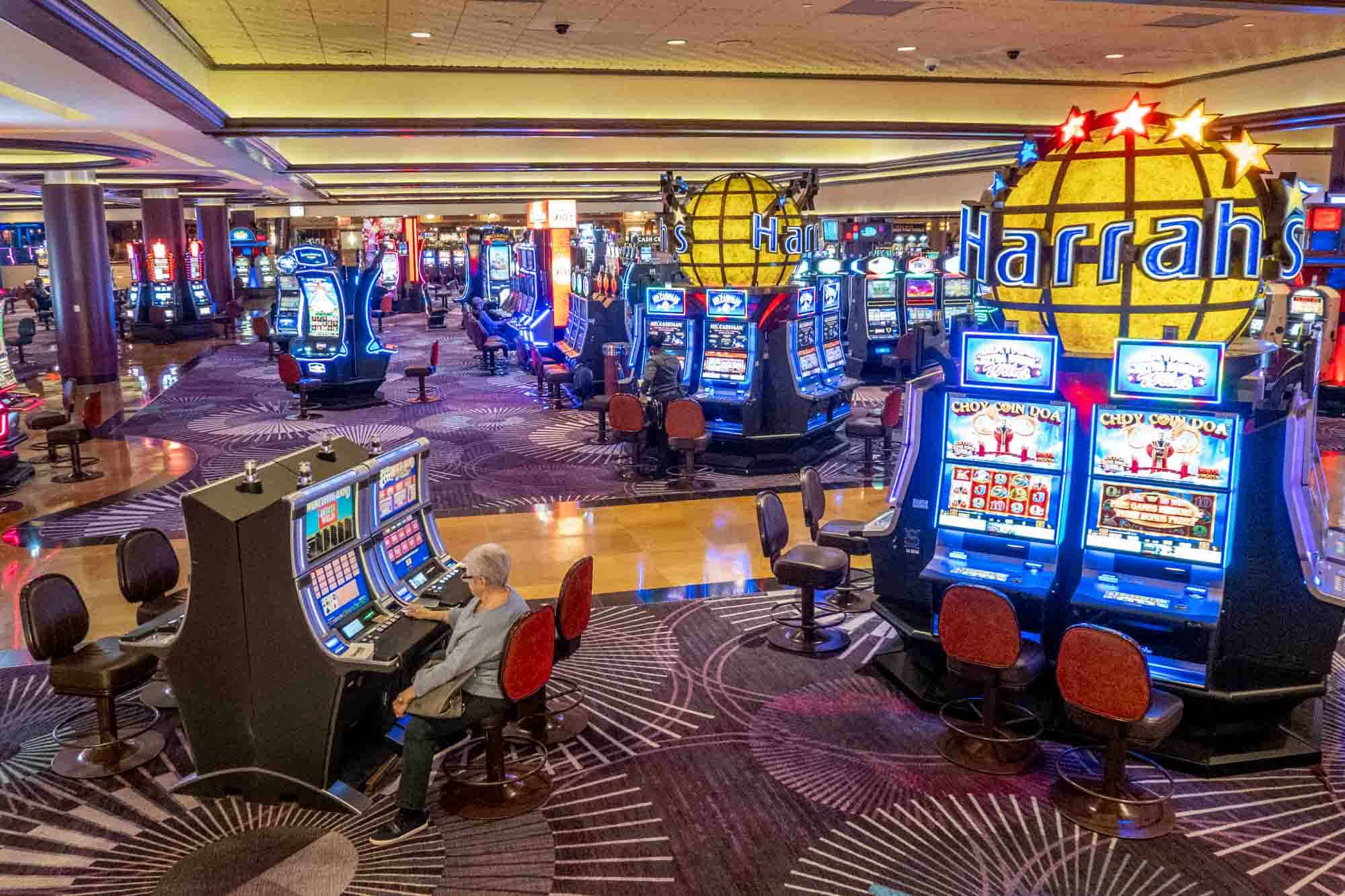In a vibrant and exciting world of gaming establishments, wherein luck and tactics intertwine, hues and aesthetic play a critical role in attracting players. As soon as players step into a casino or access a gaming platform, they are immersed in a visual feast that captures their attention and lures them to explore further. Bright colors, captivating graphics, and innovative layouts are carefully crafted to create an environment of thrill and expectation, ultimately enhancing the gaming experience.
As gamblers navigate through the ever-changing landscape of casino games, they come across a range of designs that not only serve aesthetic purposes but also affect feelings and decision-making. Hues like red and yellow symbolize wealth and luck, while calm navy and emeralds can create a more tranquil environment. Understanding how these elements function together enables casinos to create an welcoming and energizing atmosphere that encourages players to engage with the games, invest more time at the tables, and boost their overall enjoyment.
The Science of Color in Gambling Games
Hue plays a crucial role in the development of gambling games, influencing players’ feelings and actions. Bright and bold hues, such as red and yellow, are often used to stimulate thrill and draw attention. These shades create a feeling immediacy and energy, encouraging participants to involve themselves more readily with the game. By thoughtfully selecting colors, designers aim to inspire emotions of pleasure and expectation, which can enhance the complete player experience.
Various hues also have psychological associations that can influence how participants perceive their odds of winning. For instance, emerald is commonly associated with luck and abundance, making it a well-liked choice in games like the roulette wheel and poker setups. This association can cause participants to feel more positive and self-assured in their play, ultimately motivating them to wager more. Understanding these connections allows game developers to design environments that enhance player satisfaction and engagement.
Moreover, the design of gambling game interfaces often utilizes gradients and contrasting shades to direct players’ actions. For example, successful results may be highlighted with striking, opposing shades, creating a visual cue. This approach supports successful results and promotes repeated participation. By utilizing the psychology of color, gaming venues can design games that not only attract players but also maintain them engaged and invested in their play experience.
Design Elements that Attract Gamers
The aesthetic appeal of casino games is largely influenced by the use of bold colors. Lively and contrasting colors are strategically chosen to create an appealing atmosphere that grabs attention. For instance, crimson and golds often signify luck and wealth, which is why they are common in the color schemes of slot machines and game surfaces. These colors not only draw players in, but they also stir emotions related to thrill and expectation, enhancing the overall gaming experience.
In parallel to color, the aesthetic and layout of casino games play a significant role in player attraction. Games are designed to be user-friendly, ensuring that players can quickly understand the rules and gameplay. Accessible interfaces, along with engaging graphics and motion, help maintain player interest and promote longer play sessions. The tactile elements, such as the texture of the buttons and the sounds of the games, also contribute to a holistic sensory experience that keeps players immersed.
In conclusion, thematic elements in gaming design can significantly influence gaming decisions. Many casino games are inspired by media, fairy tales, or adventure themes, incorporating symbols and characters that resonate with players. These themes create a sense of engagement and connection, making each game feel distinct. When players feel a connection to the theme, they are more likely to choose that game over others, leading to higher participation and excitement within the gambling environment.
Case Studies: Notable Casino Table Game Designs
One prime example of successful gambling game design is the popular slot machine series based around hit movies. Games such as those based on the Wizard of Oz and Game of thrones utilize dynamic colors and high-quality graphics to engage players in well-known narratives. The application of moving visuals and captivating sound effects captures the attention of players, creating an emotional connection to the theme. This strategy not just encourages longer play but also boosts the overall gaming experience, leading to increased player retention. ngắm gái xinh tại mmlive

Another notable case is the application of color psychology in table games like blackjack and the wheel. Casinos often create these games with rich reds and greens, colors traditionally associated with luck and wealth. For instance, the green felt on a blackjack table provides a calming effect, while the red accents in the wheel invite anticipation. This thoughtful use of color helps to establish an inviting atmosphere that motivates players to join in, addressing their psychological impulses and boosting their enjoyment.
Finally, social casino games that include social features and vivid, dynamic designs have achieved remarkable success in engaging players. Games like Zynga’s Poker and Slotomania leverage bright colors and playful animations to establish an inviting online environment. The addition of leaderboards, community sharing options, and in-app rewards promotes competition and community, pulling players in for longer sessions. mmlive Such designs merely make the games visually attractive but also emphasize social interaction, a vital factor in player retention and engagement within online casino environments.